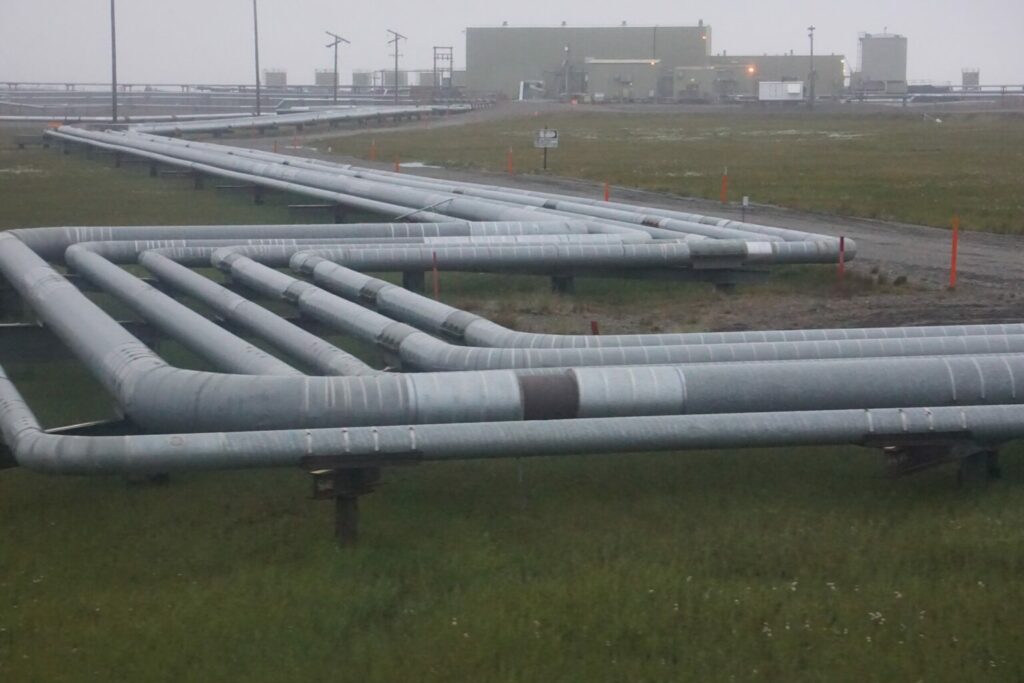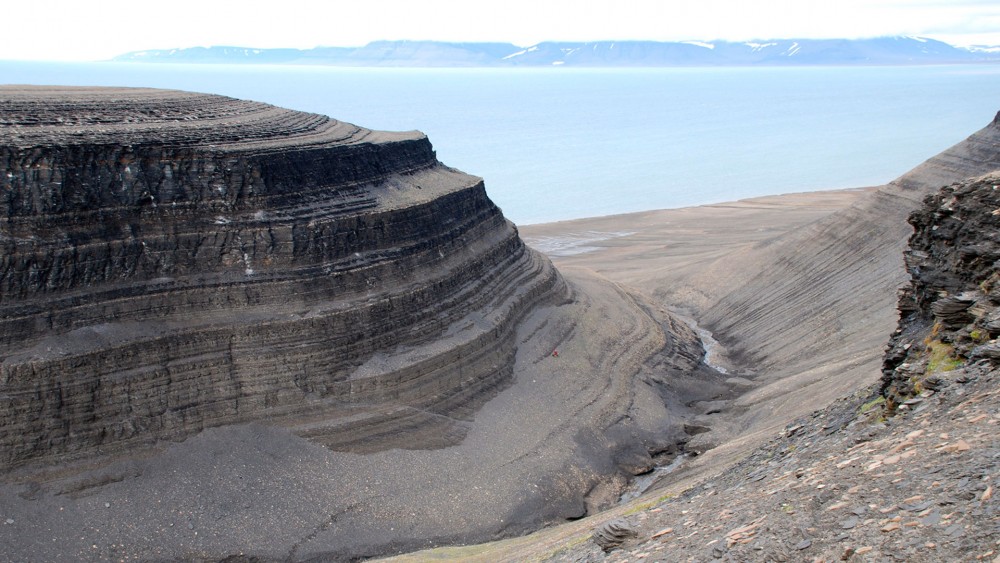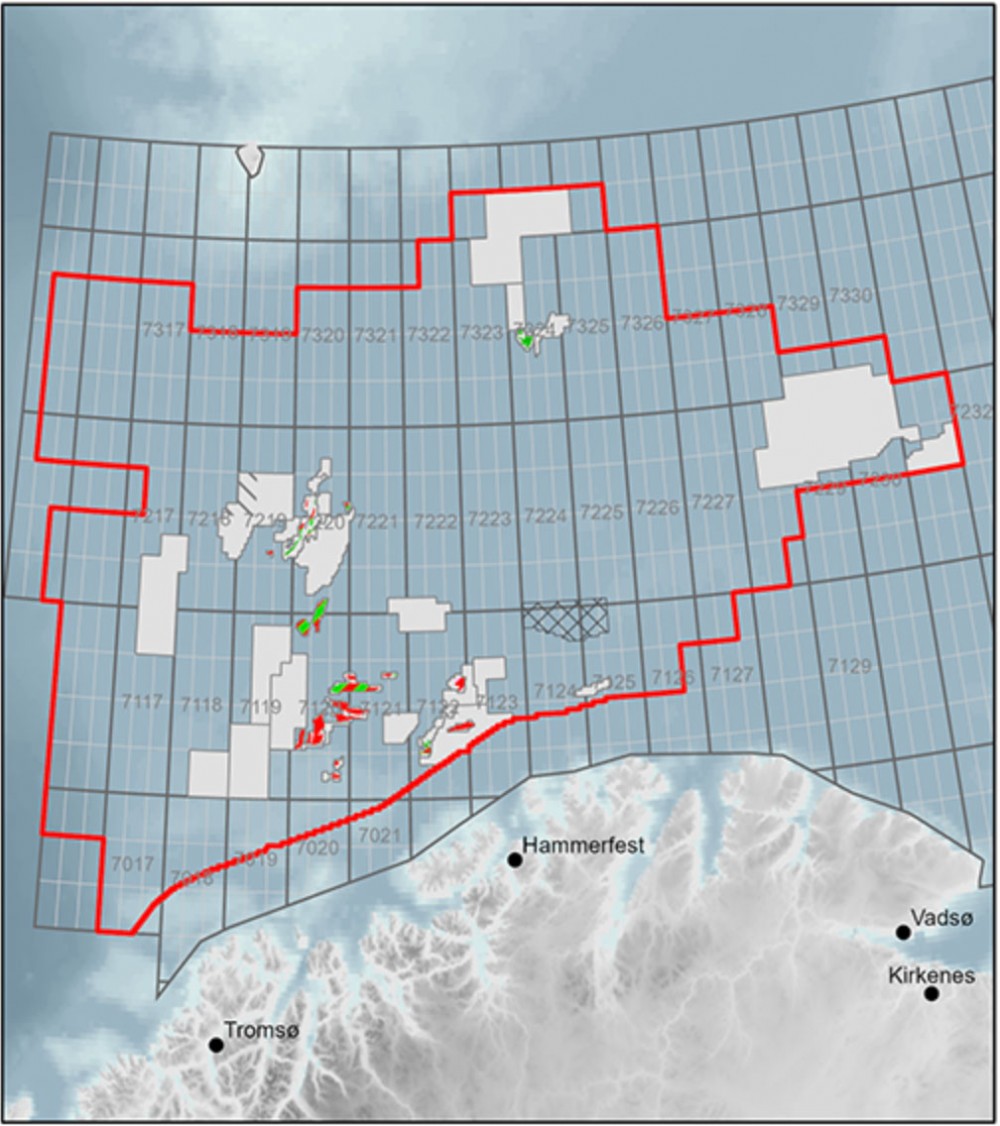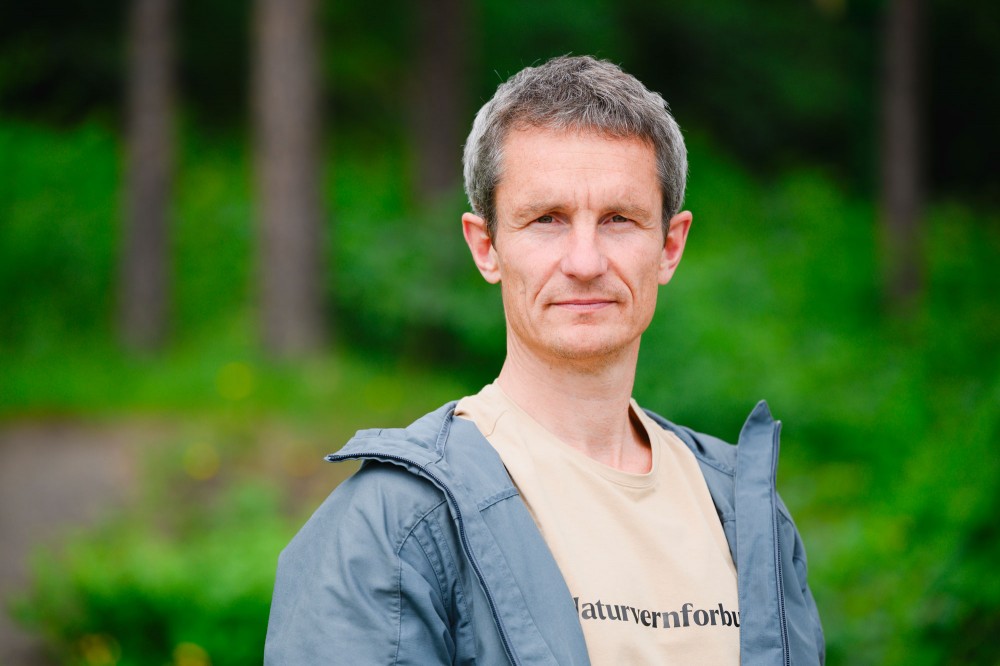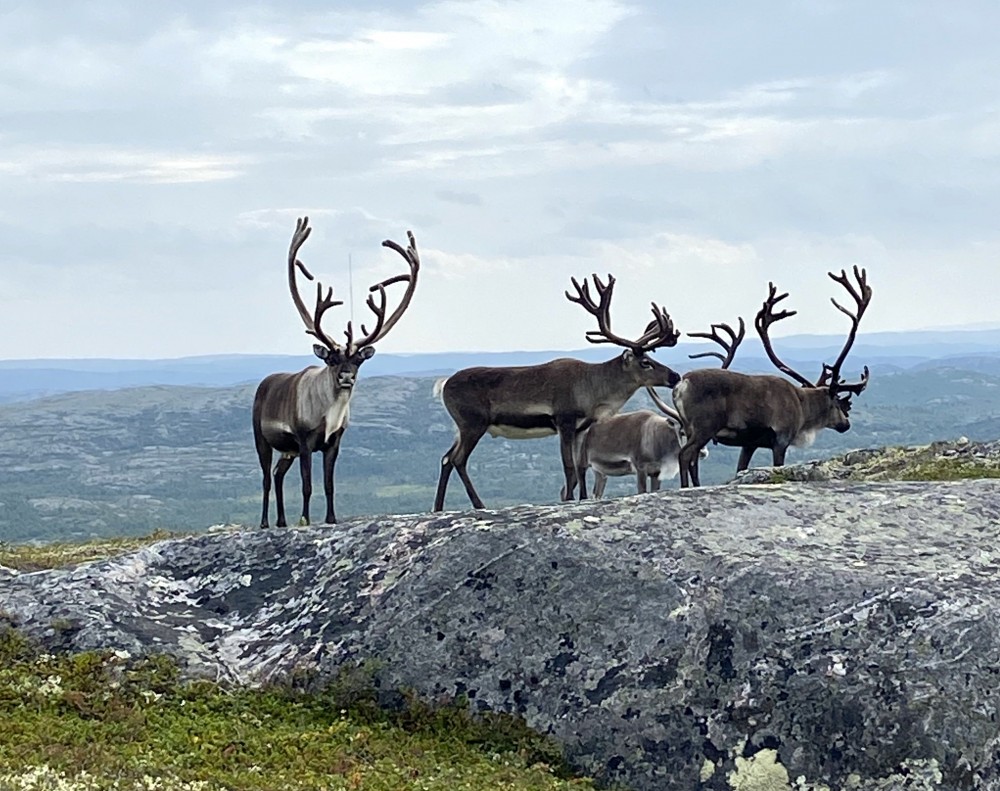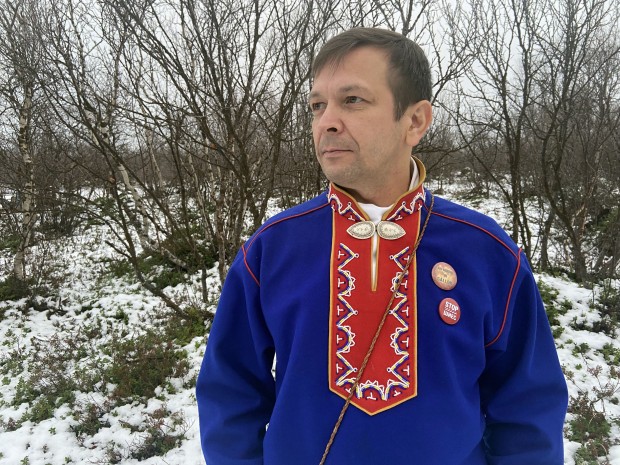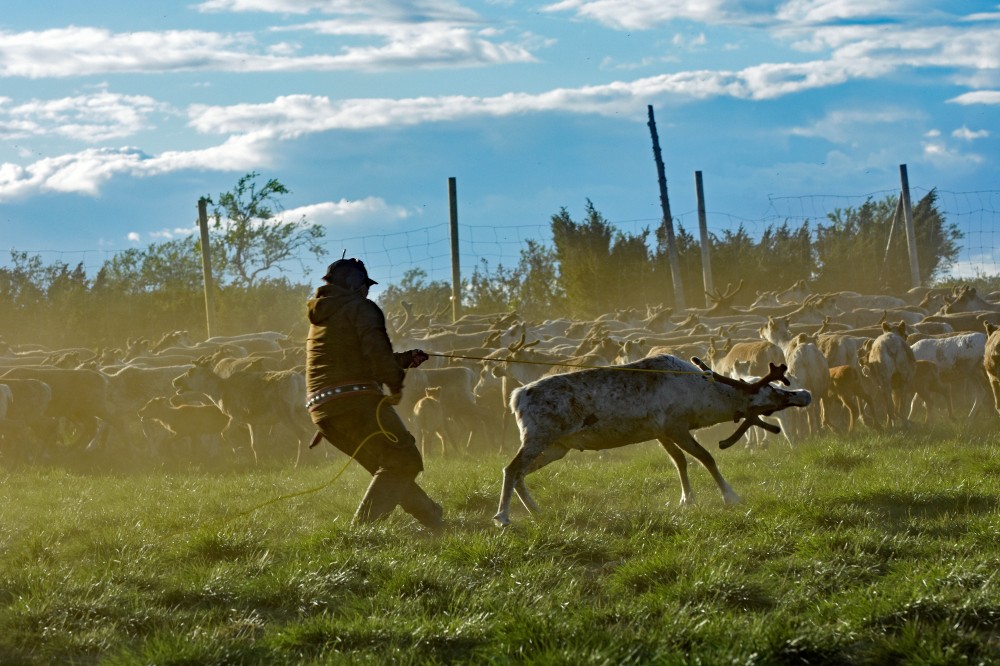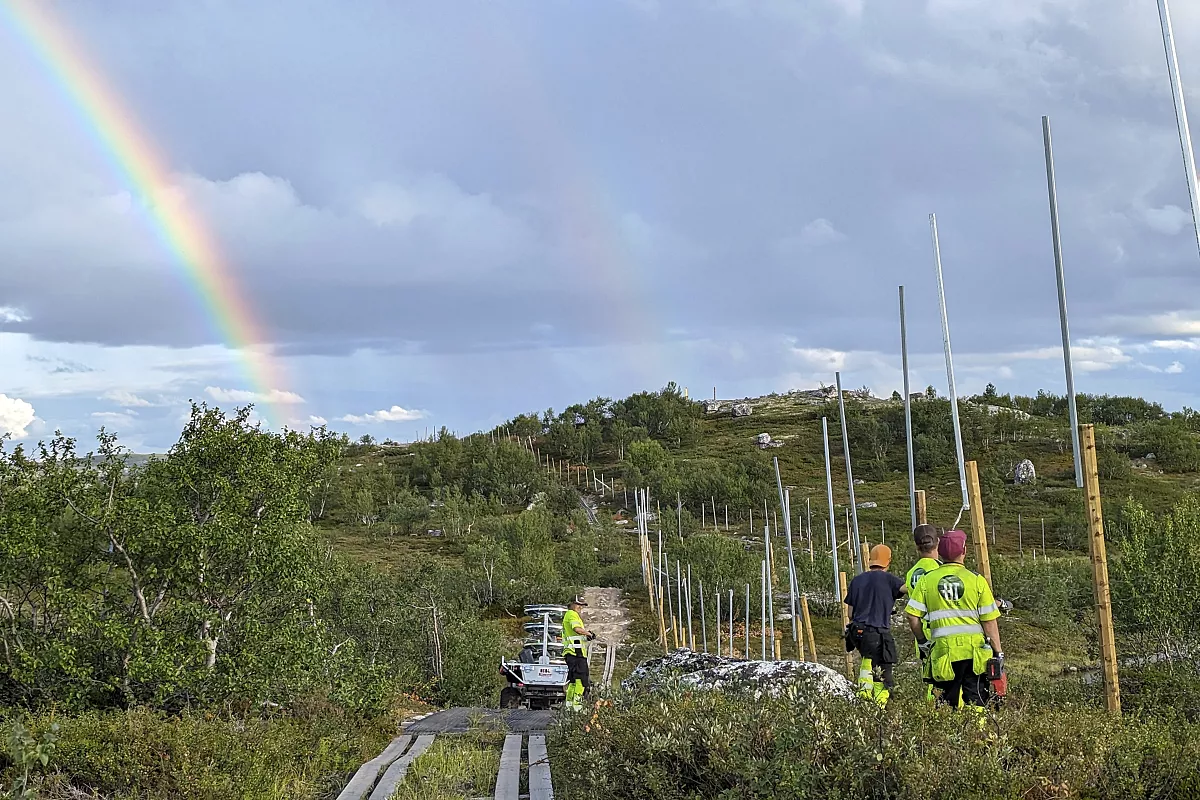Systematic Abuses of Ethiopians May Amount to Crimes Against Humanity

Border guards have killed at least hundreds of Ethiopian migrants and asylum seekers who tried to cross the Yemen-Saudi border between March 2022 and June 2023.
Saudi officials are killing hundreds of women and children out of view of the rest of the world while they spend billions on sports-washing to try to improve their image.
Saudi Arabia should immediately and urgently revoke any policy to use lethal force on migrants and asylum seekers. Concerned countries should press for accountability and the UN should investigate.
(London) – Saudi border guards have killed at least hundreds of Ethiopian migrants and asylum seekers who tried to cross the Yemen-Saudi border between March 2022 and June 2023, Human Rights Watch said in a report released today. If committed as part of a Saudi government policy to murder migrants, these killings, which appear to continue, would be a crime against humanity.
The 73-page report, “‘They Fired on Us Like Rain’: Saudi Arabian Mass Killings of Ethiopian Migrants at the Yemen-Saudi Border,” found that Saudi border guards have used explosive weapons to kill many migrants and shot other migrants at close range, including many women and children, in a widespread and systematic pattern of attacks. In some instances, Saudi border guards asked migrants what limb to shoot, and then shot them at close range. Saudi border guards also fired explosive weapons at migrants who were attempting to flee back to Yemen.
“Saudi officials are killing hundreds of migrants and asylum seekers in this remote border area out of view of the rest of the world,” said Nadia Hardman, refugee and migrant rights researcher at Human Rights Watch. “Spending billions buying up professional golf, football clubs, and major entertainment events to improve the Saudi image should not deflect attention from these horrendous crimes.”
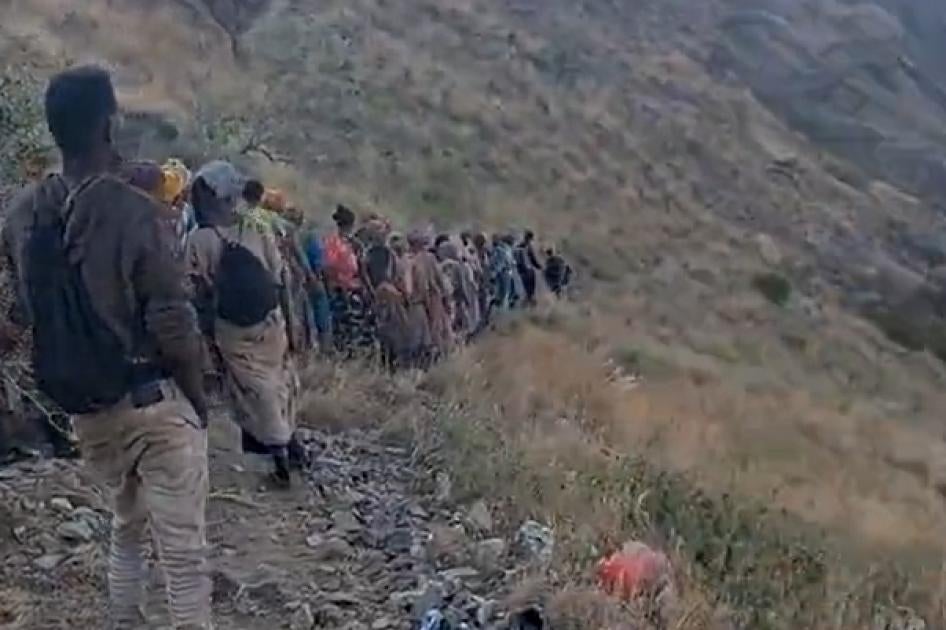
Click to expand Image
A video published on TikTok on December 4, 2022 shows a group of roughly 47 migrants, 37 of whom appear to be women, walking along a steep slope inside Saudia Arabia on the trail used to cross from the migrant camp of Al Thabit. © 2022 Private
Human Rights Watch interviewed 42 people, including 38 Ethiopian migrants and asylum seekers who tried to cross the Yemen-Saudi border between March 2022 and June 2023, and 4 relatives or friends of those who tried to cross during that period. Human Rights Watch analyzed over 350 videos and photographs posted to social media or gathered from other sources, and several hundred square kilometers of satellite imagery.
Human Rights Watch wrote to the Saudi and Houthi authorities. The Houthi authorities replied to our letter on August 19, 2023.
Approximately 750,000 Ethiopians live and work in Saudi Arabia. While many migrate for economic reasons, a number have fled because of serious human rights abuses in Ethiopia, including during the recent, brutal armed conflict in the north.
While Human Rights Watch has documented killings of migrants at the border with Yemen and Saudi Arabia since 2014, the killings appear to be a deliberate escalation in both the number and manner of targeted killings.
Migrants and asylum seekers said they crossed the Gulf of Aden in unseaworthy vessels, Yemeni smugglers then took them to Saada governorate, currently under the control of the Houthi armed group, on the Saudi border.
Many said Houthi forces worked with smugglers and would extort them or transfer them to what migrants described as detention centers, where people were abused until they could pay an “exit fee.”

Click to expand Image
3D model of likely Saudi border guard posts and patrol roads near fences identified with satellite imagery near the migration route from the migrant camp of Al Thabit in Saada Governorate, Yemen, into Saudi Arabia. Graphic © Human Rights Watch
Migrants in groups of up to 200 people would regularly try to cross the border into Saudi Arabia, often making multiple attempts after Saudi border guards pushed them back. Migrants said that their groups had more women than men and unaccompanied children. Human Rights Watch has identified Saudi border guard posts from satellite images that are consistent with these accounts. Human Rights Watch also identified what appears to be a Mine-Resistant Ambush Protected vehicle positioned from October 10, 2021, to December 31, 2022, at one of the Saudi border guard posts. The vehicle appeared to have a heavy machine gun mounted in a turret on its roof.
People traveling in groups described being attacked by mortar projectiles and other explosive weapons from the direction of Saudi border guards once they had crossed the border. Those interviewed described 28 incidents with Saudi border guards using explosive weapons. Survivors said the Saudis sometimes held them in detention facilities, in some cases for months.
All described scenes of horror: women, men, and children’s bodies strewn across the mountainous landscape severely injured, already dead and dismembered. “First I was eating with people and then they were dying,” said one person. “There are some people who you cannot identify because their bodies are thrown everywhere. Some people were torn in half.”
A Human Rights Watch digital investigation of videos posted to social media or sent directly to Human Rights Watch and verified and geolocated show dead and wounded migrants on the trails, in camps, and in medical facilities. Geospatial analysis revealed growing burial sites near the migrant camps and expanding border security infrastructure.
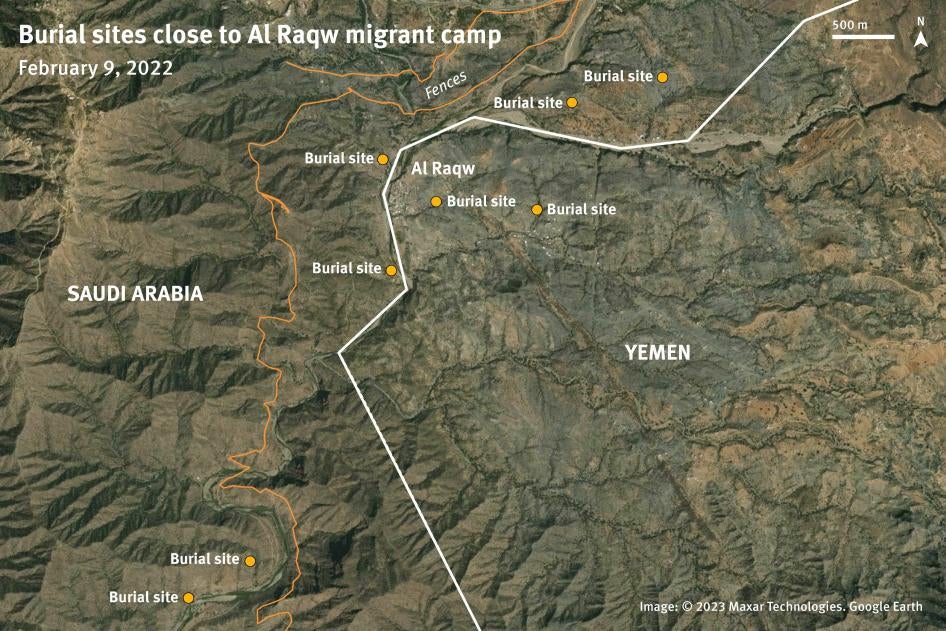
Click to expand Image
Location of burial sites identified on satellite imagery close to Al Raqw migrant camp. Image: February 9, 2022.
Members of the Independent Forensic Expert Group of the International Rehabilitation Council for Torture Victims, an international group of prominent forensic experts, analyzed verified videos and photographs showing injured or dead migrants to determine the causes of their wounds. They concluded that some injuries exhibited “clear patterns consistent with the explosion of munitions with capacity to produce heat and fragmentation,” while others have “characteristics consistent with gunshot wounds” and, in one instance, “burns are visible.”
People traveling in smaller groups or on their own said once they crossed the Yemen-Saudi border that Saudi border guards carrying rifles shot at them. People also described guards beating them with rocks and metal bars. Fourteen interviewees witnessed or were themselves wounded in shooting incidents at close range. Six were targeted both by explosive weapons and by shootings.
Some said Saudi border guards would descend from their border guard posts and beat survivors. A 17-year-old boy said border guards forced him and other survivors to rape two girl survivors after the guards had executed another migrant who refused to rape another survivor.
Saudi Arabia should immediately and urgently revoke any policy, whether explicit or de facto, to use lethal force on migrants and asylum seekers, including targeting them with explosive weapons and close-range shootings. The government should investigate and appropriately discipline or prosecute security personnel responsible for unlawful killings, wounding, and torture at the Yemen border.
Concerned governments should publicly call for Saudi Arabia to end any such policy and press for accountability. In the interim, concerned governments should impose sanctions on Saudi and Houthi officials credibly implicated in ongoing violations at the border.
A UN-backed investigation should be established to assess abuses against migrants and whether killings amount to crimes against humanity.
“Saudi border guards knew or should have known they were firing on unarmed civilians,” Hardman said. “If there is no justice for what appear to be serious crimes against Ethiopian migrants and asylum seekers, it will only fuel further killings and abuses.”
Addis Ababa (AFP) – Ethiopia said Tuesday it would launch a joint investigation with Saudi Arabia into a Human Rights Watch report accusing the kingdom's border guards of killing hundreds of Ethiopian migrants.
Issued on: 22/08/2023

The report sparked global outrage after its publication on Monday, although a Saudi government source dismissed the allegations as "unfounded."
"The Government of Ethiopia will promptly investigate the incident in tandem with the Saudi Authorities," the foreign ministry said on X, formerly Twitter.
"At this critical juncture, it is highly advised to exercise utmost restraint from making unnecessary speculations until (the) investigation is complete," the ministry said, noting the "excellent longstanding relations" between Addis Ababa and Riyadh.
The report points to a surge in abuses along the perilous migrant route from the Horn of Africa to oil-rich Saudi Arabia, where hundreds of thousands of Ethiopians live and work.
One 20-year-old woman from Ethiopia's Oromia region, interviewed by the US-based rights monitor, said Saudi border guards opened fire on a group of migrants they had just released from custody.
"They fired on us like rain. When I remember, I cry," she said.
The UN's International Organization for Migration (IOM) says hundreds of thousands of people each year take the so-called eastern route from Africa in the hope of working in the wealthy Gulf countries.
The travellers face "life-threatening dangers," including starvation, dehydration, kidnapping and arrest, or being forced to join warring groups, particularly in Yemen, it says.
One of the world's poorest countries, Yemen is in the grip of a deep humanitarian crisis after eight years of war pitting Iran-backed Huthi rebels against the Saudi coalition-backed government.
The Saudi government source who spoke to AFP rejected the HRW accusations.
"The allegations included in the Human Rights Watch report about Saudi border guards shooting Ethiopians while they were crossing the Saudi-Yemeni border are unfounded and not based on reliable sources," said the source, who requested anonymity.
US call for probe
Washington, a long-time ally of Riyadh, urged "a thorough and transparent investigation" into the accusations.
The European Union noted with "concern" the HRW claims and plans to raise them with Riyadh and with the Huthi rebels who control strategic parts of Yemen, a spokesman, Peter Stano, said Tuesday.
"We welcome the announcement by the government of Ethiopia, specifically, to investigate the whole issue together with the authorities in Saudi Arabia," he said.

United Nations spokesman Stephane Dujarric called the report "very concerning" but noted the "serious" allegations were difficult to verify.
The French foreign ministry also urged a transparent probe and said it was raising the issue of human rights in Yemen and Saudi Arabia with the Saudi authorities, calling on them to "respect international law and protect civilian populations".
HRW has documented abuses against Ethiopian migrants in Saudi Arabia and Yemen for nearly a decade.
But it said the latest killings appear to be "widespread and systematic" and may amount to crimes against humanity.
Last year, UN experts reported "concerning allegations" that "cross-border artillery shelling and small-arms fire by Saudi Arabia security forces killed approximately 430 migrants" in southern Saudi Arabia and northern Yemen during the first four months of 2022.
In March of that year, repatriation of Ethiopians from Saudi Arabia began under an agreement between the two countries.
Ethiopia's foreign ministry said about 100,000 of its citizens were expected to be sent home over several months.
© 2023 AFP
